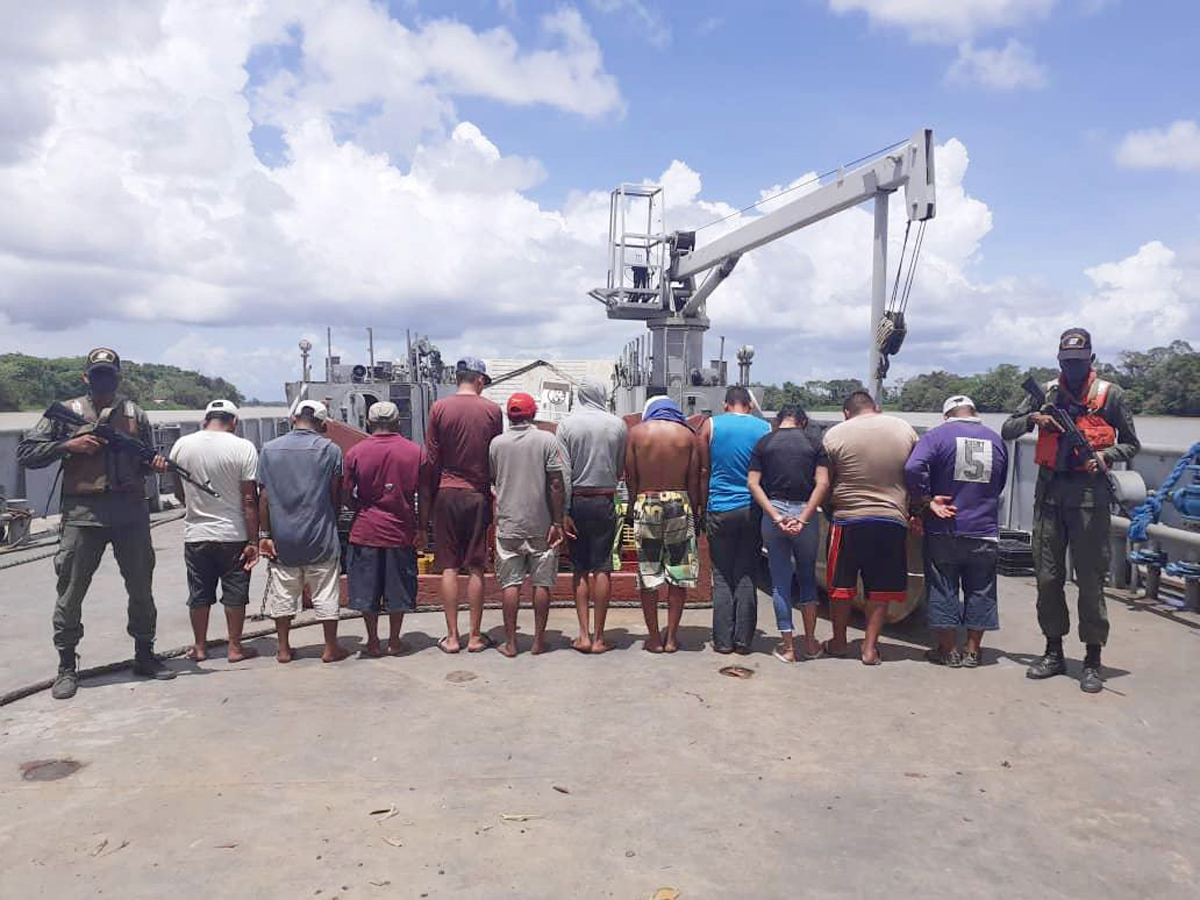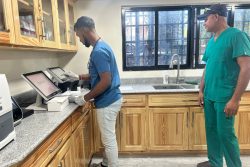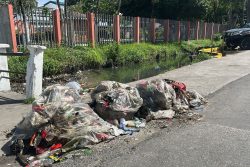(Trinidad Guardian) Venezuela’s Navy yesterday broke up three human trafficking camps on the country’s Orinoco Delta and rescued 79 people, including 25 minors, whom they said were being trafficked to criminal gangs in T&T.
Through its Twitter account, the Armada Bolivariana said a patrol in the Orinoco River Delta, a vast jungle and river area, intercepted an illegal operation “dedicated to human trafficking” and also arrested 39 individuals and seized two boats.
The Orinoco Delta, which covers all of Delta Amacuro State and parts of Monagas State and Sucre State in eastern Venezuela, has for decades been a centre of illegal human and drug trafficking. A vast delta of the Orinoco River, it comprises a network of tributaries which empty into Gulf of Paria and the Atlantic Ocean.
Yesterday’s raid comes amid reports of a major human trafficking network operating between T&T and Venezuela. An inquiry spearheaded by Venezuela’s opposition-controlled National Assembly has linked the disappearance of scores of migrants at sea to this criminal activity.
Robert Alcalá, a deputy in the National Assembly, said approximately 100 people have disappeared since 2018 in shipwrecks of boats bound for T&T and other Caribbean islands such as Curaçao and Aruba.
COVID-19 travel restrictions have not stopped the movement of people fleeing deteriorating political and economic conditions in Venezuela.
This reportedly prompted COVID-19 security talks between Prime Minister Dr Keith Rowley and Venezuela Vice-President Delcy Rodriguez during her visit here in March.
A 2019 Trafficking In Persons Report (TIP) Report designated T&T as a tier 2 country and said traffickers operating here “are increasingly targeting vulnerable foreign young women and girls between the ages of 15 and 21.”
According to reports, boats transporting sex trafficking victims to T&T earn between US$3,000 and US$12,000 per trip. Most are teenage girls and young women from coastal communities, including Cumaná, Carúpano, Maturín and other nearby towns. However, woman and girls from other parts of the country are regularly transported to Güiria, a port city located a short boat ride away from Trinidad’s north-west coast, which has been identified as the main operating base for human traffickers, a National Assembly report said.
There has been a huge influx of Venezuelans to T&T in recent years and about 24,000 are believed to be in this country. In a May 14 report, the United Nations Office of Drugs and Crime (UNODC) said there has been an increase in migrant smuggling and human trafficking. The UNODC warned “the spread of the COVID-19 pandemic and its consequences will probably endanger the lives of these people even more.”










